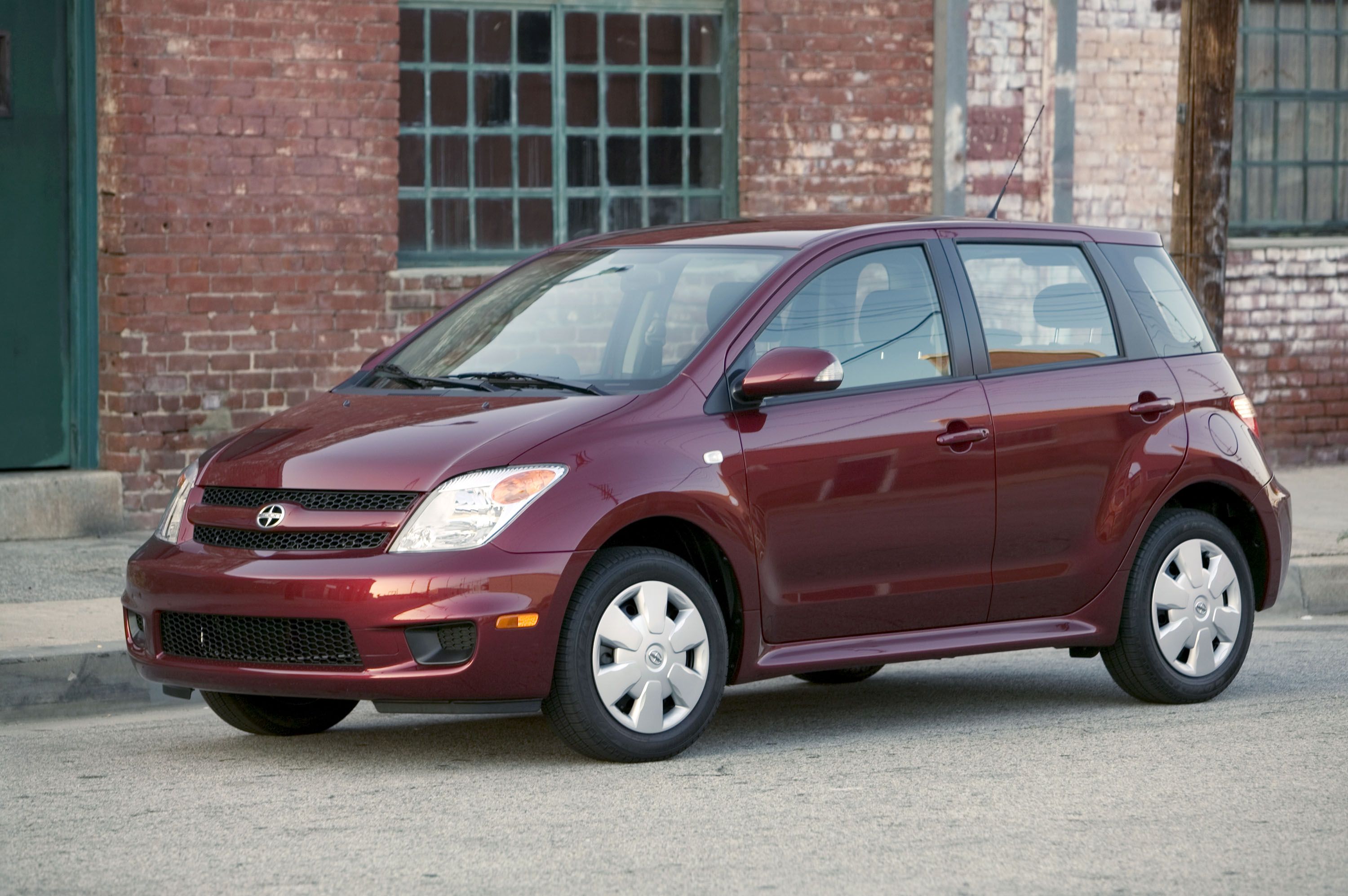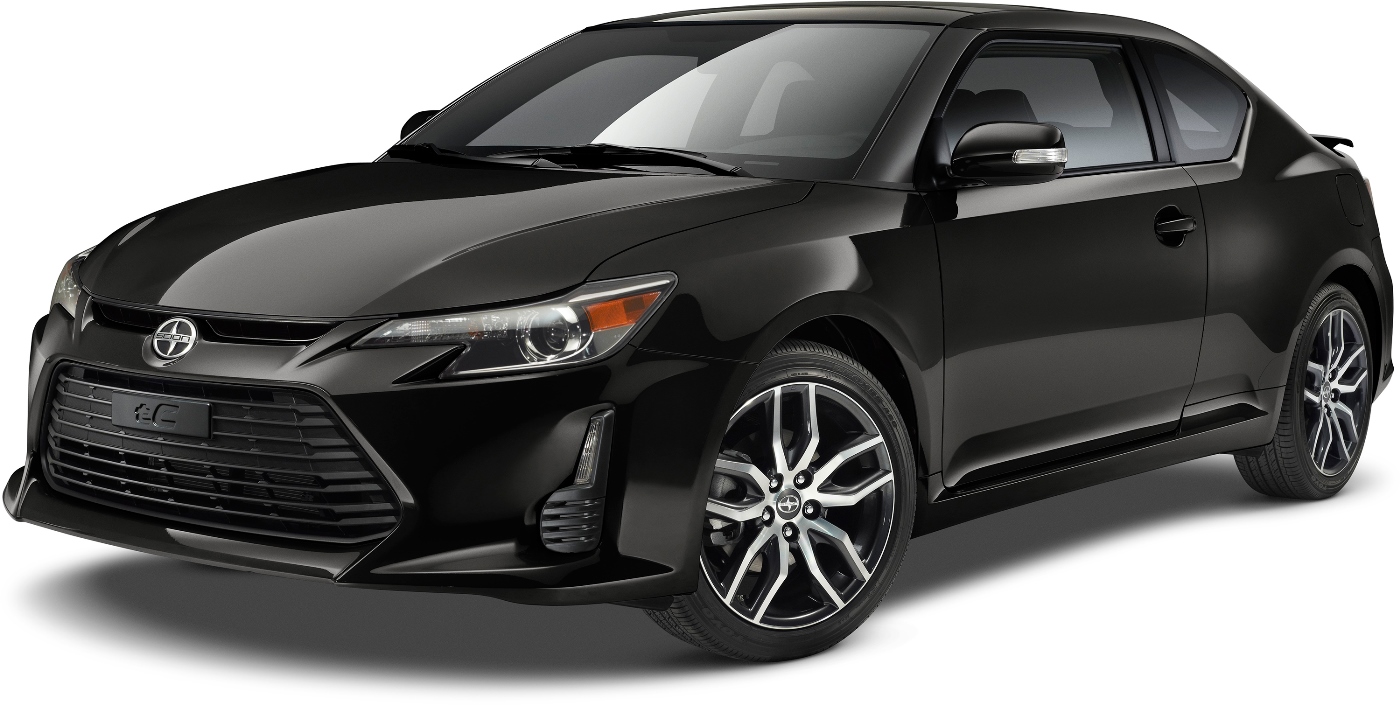The origins of the Scion brand came from parent company Toyota’s desire to capture a younger North American car-buying demographic. Toyota, a brand typically associated with a more mature crowd was mostly unable to the capture the attention of more youthful consumers. Initial efforts such as Project Genesis in 1999 (which included such models as the Toyota Echo, MR-2 and the Celica) failed to produce strong sales figures. With its second attempt (Project Exodus), Toyota enlisted the services of digital design company Fresh Machine to help develop a new brand. Executives hoped the new vision would be embraced from the start – this was the beginning of Scion.
In 2003, Scion’s first year, there were only two models: the xA and the xB. The xA was a compact and rather vanilla offering, but the xB was something totally different – boxy, bold, with an exciting vision of things to come. Internally, Toyota executives were aware that a growing model lineup would be required in order to keep up with a growing customer base. Today, Scion’s lineup includes five models and Toyota has managed to achieve what it was looking to accomplish with Scion: introducing younger buyers into its brand family. The medium age of a Toyota customer is 54, but at Scion it’s 39.
What makes Scion so different from other manufacturers is the manner in which its cars are sold. Although Scion models can be found in Toyota dealerships, the brand is separated into its own boutique-like department. Scions are also only available in one trim level which helps to simplify the buying process. Being packaged in this way doesn’t make them any less customizable, however. In fact, buyers have a wealth of custom Scion and TRD parts options and accessories to choose from, including subwoofers, body kits and custom exhausts.
When Formula Drift drivers began driving Scions, both heavily modified and not, it helped to legitimize the brand in the custom car community. Being embraced by the FD community has also served to elevate the brand as a premier platform for rear-wheel drive conversions, engine swaps, chop tops and more.
The origins of the Scion brand came from parent company Toyota’s desire to capture a younger North American car-buying demographic. Toyota, a brand typically associated with a more mature crowd was mostly unable to the capture the attention of more youthful consumers. Initial efforts such as Project Genesis in 1999 (which included such models as the Toyota Echo, MR-2 and the Celica) failed to produce strong sales figures. With its second attempt (Project Exodus), Toyota enlisted the services of digital design company Fresh Machine to help develop a new brand. Executives hoped the new vision would be embraced from the start – this was the beginning of Scion.
In 2003, Scion’s first year, there were only two models: the xA and the xB. The xA was a compact and rather vanilla offering, but the xB was something totally different – boxy, bold, with an exciting vision of things to come. Internally, Toyota executives were aware that a growing model lineup would be required in order to keep up with a growing customer base. Today, Scion’s lineup includes five models and Toyota has managed to achieve what it was looking to accomplish with Scion: introducing younger buyers into its brand family. The medium age of a Toyota customer is 54, but at Scion it’s 39.
What makes Scion so different from other manufacturers is the manner in which its cars are sold. Although Scion models can be found in Toyota dealerships, the brand is separated into its own boutique-like department. Scions are also only available in one trim level which helps to simplify the buying process. Being packaged in this way doesn’t make them any less customizable, however. In fact, buyers have a wealth of custom Scion and TRD parts options and accessories to choose from, including subwoofers, body kits and custom exhausts.
When Formula Drift drivers began driving Scions, both heavily modified and not, it helped to legitimize the brand in the custom car community. Being embraced by the FD community has also served to elevate the brand as a premier platform for rear-wheel drive conversions, engine swaps, chop tops and more.
xA
Introduced alongside the xB wagon in California, the xA was one of the first models when Scion entered the market in 2003. Although the car was discontinued in 2006, it provided a good entry point into the market due to its low price. The xA was a subcompact with a standard FF layout, sharing the same 108 hp 1.5L VVT-i engine as both the Scion xB and the now-discontinued Toyota Echo. The car was sold exclusively in California initially as a way to spark demand for the new brand, but by late 2003 it was available nationwide in the U.S.
xD
Introduced at the Chicago Autoshow in 2007, the Scion xD is essentially the replacement for the xA which was discontinued in 2006. It carries the quirky and customizable spirit of the xA, while improving on key aspects, including a new 1.8L engine that replaces the xA’s 1.5L. It is based on the second generation Toyota Ist platform, and features four-wheel drive, an automatic transmission, and an engine that produces 128 hp and 125 lb-ft of torque. It may not seem like much, but the xD boasts excellent fuel economy and is easily upgradeable with the number of Scion and TRD custom options.
Evolution of the Scion xA and xD
2001: Tokyo Auto Show – Toyota ist
Similar to the origins of the xB, the ist Concept was based on the first gen Toyota Vitz/Platz platform, and designed to offer the flexibility of larger SUVs with the advantage of better fuel economy from a smaller vehicle. To match that mantra, the ist was equipped with a 1.3L 2NZ-FE or 1.5L 1NZ-FE I4 engine.
2004: Scion xA
The Toyota ist was rebadged as the xA for sale in the US market, but offered with only the 1.5L 1NZ-FE engine. Customers had the option between a 4-speed automatic and 5-speed manual transmission, and it received a minor facelift in 2006 before importation from Japan ended, marking a change in direction for the Scion brand.
2006: Toyota ist (Second Gen.)
Newly redesigned on the same platform as the first gen ist, it was available with a 4-speed Super ECT trans for the 1.8L 2ZR-FE engine or Super CVT-I for the 1.5L 1NZ-FE engine, which was also available as an AWD option.
2006: Chicago Auto Show – Scion xD
The xd was really an evolution of the xA, and appropriately, was a rebadged second-gen Toyota ist. It used a different front fascia than the second-gen ist, but the 1.8L engine was carried over from Japan. Because the 1.5L 1NZ-FE engine wasn't included, North America also didn't have the option for AWD.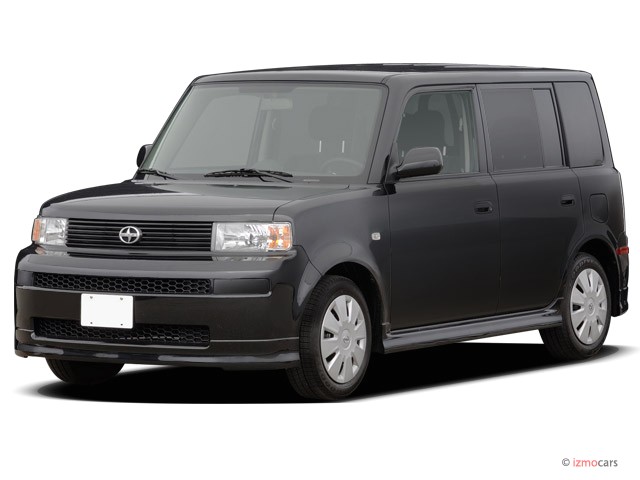
xB
The Scion xB made waves right away due to its unconventional shape. This is the 5-door hatch which started the trend of cool, boxy urban vehicles. The original xB was essentially a re-badged version of the Japan-only Toyota bB, which was based on the Echo/Yaris platform. The second generation xB (released in 2007), is in Scion’s current lineup. It is less boxy than its predecessor, but still retains many of the design cues the xB is known for. The newer model is also much more powerful, with horsepower and torque figures (158 hp / 162 lb-ft), that are up significantly over the previous model (108 hp / 105 lb-ft.) Although sales have dropped since the introduction of the tC, the xB still remains a valuable model within Scion’s lineup.
Evolution of the Scion xB
2000: Toyota bB
Based on the Toyota Vitz/Platz platform, better known as the Yaris and Echo, the bB was available in both 1.3L I4 2NZ-FE and 1.5L 1NZ-FE engines, mated to a four-speed automatic with available all-wheel drive.
2003: Scion xB
Toyota rebadged the bB as a Scion for sale in the US and switched over to bucket seats instead of a bench seat up front. The shifter was also mounted to the floor instead of the column. The 1.5L 1NZ-FE was the only engine available, although the xB was offered with either a four-speed automatic or 5 speed manual transmission.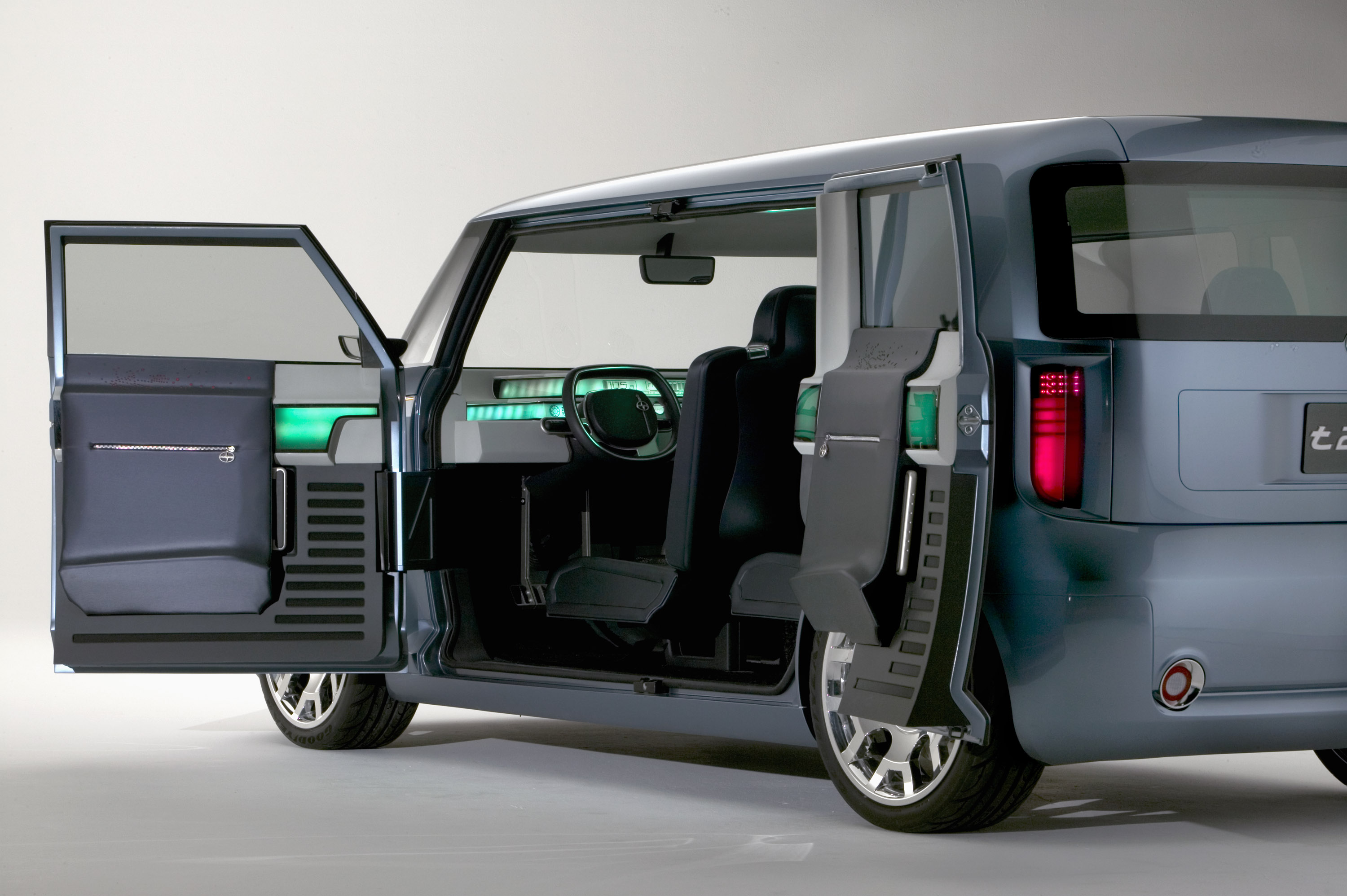
2005: NY Auto Show – t2B Concept
Named after “Tall-two Box,” the t2B was designed by Calty Design Research and built by Five Axis. Featuring a 2.4L I4 engine and 4-speed automatic transmission, the t2B was offered with upper-level features that included a remotely operated rear hatch, a tri-level instrument panel with information ticker, dual moon roof and eye-popping suicide doors.
2007: Chicago Auto Show - Scion xB (Second Gen.)
Styled as a 5-door version of the t2B concept, the second-gen xB Concept was less boxy and much larger than the first-gen (2.8-inches wider, 12-inches longer, 4-inch longer wheelbase, more than 600 pounds heavier), and included the 2.4L straight-4 2AZ-FE engine and 5-speed manual and 4-speed sequential transmissions.
tC
Introduced to the Scion family in 2005, the tC (short for 'Touring Coupe'), was the sportiest Scion to date, with a more powerful engine relative to its older siblings. One of the defining features of the tC is its all-glass roof, roomy interior, and unique hatchback design. For those residing north of the border, it was also one of the first Scions to hit Canadian showrooms in March 2011. The tC is currently in its second generation, featuring a new engine (180 hp / 174 lb-ft), carried over from the Toyota Camry. For the 2014 model year, the car receives a mild facelift with new headlamps, grill, hood, wheels, and more. Its agile coupe design makes it a highly sought-after choice for tuners and hardcore track enthusiasts alike.
Evolution of the Scion tC
2004: NAIAS – tC (First Gen.)
Designed as a successor to the Toyota Celica, the initial tC shared the chassis of the Toyota Avensis (UK) and was based on a low-cost platform with many standard features and numerous optional features as a selling point. The 2.4L 2AZ-FE straight-4 engine was available 4-speed automatic and 5-speed manual. For the 2008-09 model years, the tC received several upgrades including a revised grill, new headlights and taillights.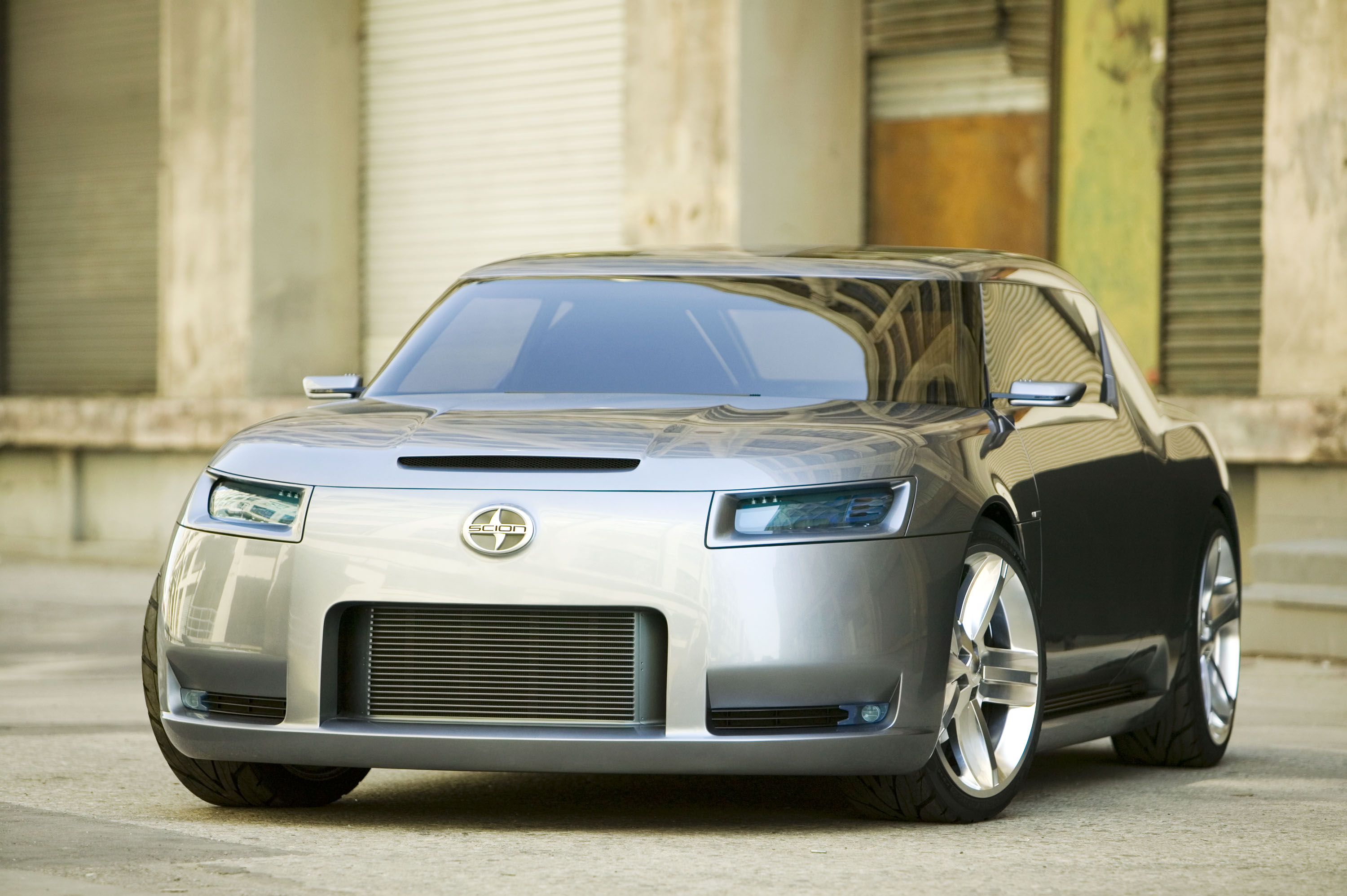
2006: NY Auto Show – FUSE Concept
Serving as the basis for the second-generation tC, the FUSE Concept was developed by Toyota's Calty Design Research team in Newport Beach, California and built by Five Axis. Inspiration came from the “HAKO” Super GT race cars of Japan, but included radical design and technology including a wraparound windshield, color-changeable headlights and fog lights, and a sensitive steer-by-wire system. The interior featured dual display 10.5 inch-monitors in the dash, while on the outside, butterfly doors and slide-out tailgates – which turned into a curb-high bench with fold out speakers – were unexpected surprises that definitely drew the attention of the crowd.
2010: NY Auto Show – tC (Second Gen.)
Building on the groundbreaking FUSE concept, the second-gen tC shared a similar quarter-panel window line and was powered by a 2.5L I4 2AR-FE engine. Available in both 6-speed automatic and manual transmissions, the tC was built on the third-gen Toyota Avensis platform and began sales in 2011 with a more aggressive body kit and was rebadged as a Toyota Zela in Central America, China, Middle East, and South America.
2013: NY Auto Show – tC (Third Gen.)
Redesigned for 2014, and using cues from the Scion FR-S, the 2.5L 4-cylinder tC has a new audio system with touchscreen, marking an industry-first as the only non-luxury brand to feature a touchscreen audio system as standard equipment across its entire lineup. The new 6-speed automatic transmission also featured Dynamic Rev Technology adopted from FR-S for the most sports-inspired Scion tC yet.
iQ
Scion is known for introducing cars to the North American market that really stand out from the competition. This statement is especially true when it comes to the iQ. Released in 2011 as a 2012 model, the iQ is focused on being a city car – an ultra-compact design with high fuel efficiency that is perfect for city dwellers. According to Scion, the i stands for individuality, innovation, and intelligence, while the Q stands for quality and the iQ’s cubic shape.
The Scion iQ Concept was built by Five Axis, the same outfit that created the Scorpion Pioneer DJ set we spotted at Pioneer’s DJ Art Mix in the last issue of PASMAG. The car features unique shapes inside and out, reflected especially in the center console and interior door panels. Although it’s a small car, the iQ maximizes its interior space with under-seat storage trays and folding rear seats, a surprising addition for this type of car. It has a 1.3L 4-cylinder engine that produces 94 horsepower along with a continuously variable transmission, which, with minor upgrades, can make this little sprite more fun than a go-kart.
Evolution of the Scion iQ
2007: Frankfurt Auto Show – Toyota iQ Concept
Designed by Toyota’s European design studio ED2 in France, the iQ was created as an “Intelligent solution to urban transport.” Barely 3 yards in length, the iQ Concept still managed 4 seats, but in a 3+1 configuration.
2008: Geneva Auto Show – Toyota iQ
Carrying over the iQ Concept's momentum, the Japan-only Toyota iQ (meaning “individuality” “innovation,” “intelligence” and “quality”) came with a super-small 1.0L inline 3-cylinder with 5-speed manual, a 1.3L I4 with 6-speed manual, or a 1.4L diesel I4 with 6-speed manual, all with CVT transmission options. The iQ was awarded the Japanese Car of the Year in 2008 and, in a move questioned by many throughout the automotive world, was also badged as the Aston Martin Cygnet for 2011. The high-priced iQ came with the 1.3L engine and 6-speed manual (or CVT option) to comply with EU imposed fleet average emissions regulations.
2010: NY Auto Show – Scion iQ
Shown a year before as the Scion iQ Concept with Five Axis custom work, the redbadged Toyota iQ went on sale in the US as a Scion in 2011, then Canada in 2012. Equipped with a 1.3L 4-cylinder engine with CVT, an all-electric Scion iQ EV (Toyota eQ in Japan) was later launched in 2013.
FR-S
Released in mid-2012 as a 2013 model, the highly anticipated FR-S is Scion’s first true sports coupe. Developed through a joint venture between Toyota and Subaru (the former built the chassis while latter took care of the drivetrain), the goal was to create an authentic and affordable sports car. Needless to say, they succeeded. The car pays homage to Toyota AE86s of years past, which were known for being affordable, perfectly-balanced, rear-wheel drive cars. The flat architecture of the boxer engine allows it to be mounted low in the chassis, giving the car an optimal center of gravity. Coupled with 200 hp and 151 lb-ft of torque out of the box, the FR-S is quite the performer. Low-mounted front seats and a driver-oriented cockpit further increase the feel of the car, putting the FR-S in the sight lines of enthusiasts. With a sharp design and a focus on performance and customization, the FR-S is the epitome of Scion's vision for what a performance car should be.
Evolution of the Scion FR - S
2007: North American International Auto Show - Toyota FT-HS Concept
Named the FT-HS after “Future Toyota Hybrid Sport,” the front engine, rear wheel drive, 2+2 sports car was equipped with a 3.5L V6 hybrid engine tuned to approximately 400 horsepower, with projected 0-60 mph runs in the 4 second range. The powerplant used capacitors that discharged electricity for bursts of speed like an F1 KERS system. The FT-HS was designed by Toyota’s Newport Beach, California research and design team (Calty), and the also California-based, Advanced Product Strategy Group. The body was designed to be lightweight and sculpted with “freeform geometrics” to be naturally aerodynamic.
2009:Tokyo Motor Show - Toyota FT-86 Concept
Using design cues from the FT-HS and a 2.0L Toyota-Subaru “D-4S” boxer engine mated to a 6-speed manual, the FT-86 used a modified Subaru Impreza platform. According to chief engineer Tetsuya Tada, the unique shoujyouhi red color it was shown in was based on the color of a Japanese monkey's backside!
2011: Geneva Auto Show - Toyota FT-86 II Concept
A refined successor to the FT-86, the FT-86 II was designed by the Toyota European Design and Development Centre (ED2). It featured redesigned front and rear bumper, tail lights and head lights, and added a rear spoiler and side vents. It was announced that the production model would be known as the Toyota GT 86, or the Toyota 86 in Japan.
2011: NY Auto Show - FR-S Concept
An even more refined FT-86 II concept was re-badged as a Scion for the North American market, and unveiled at the New York Auto Show just months later. Named the FR-S after 'front-engine, rear-wheel drive sport,' the new car began sales in the third quarter of 2012. As a throwback to its long-hooded, rear wheel drives, the FR-S design was inspired by the lightweight and well balanced AE86 “Hachi-Roku” Corolla.
Related Articles
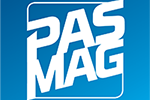 Genesis reveals first Magma production car and supercar concept
Genesis reveals first Magma production car and supercar concept
 Chopping Block: BMW Z4
Chopping Block: BMW Z4
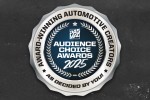 PASMAG Audience Choice Awards 2025
PASMAG Audience Choice Awards 2025
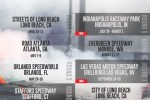 Formula DRIFT 2026 Adds Three New Locations, Leaves Englishtown
Formula DRIFT 2026 Adds Three New Locations, Leaves Englishtown
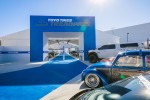 SEMA 2025 Preview: Toyo Tires Treadpass Returns
SEMA 2025 Preview: Toyo Tires Treadpass Returns
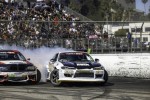 Formula DRIFT Long Beach 2025 Round 8: Shoreline Showdown
Formula DRIFT Long Beach 2025 Round 8: Shoreline Showdown





